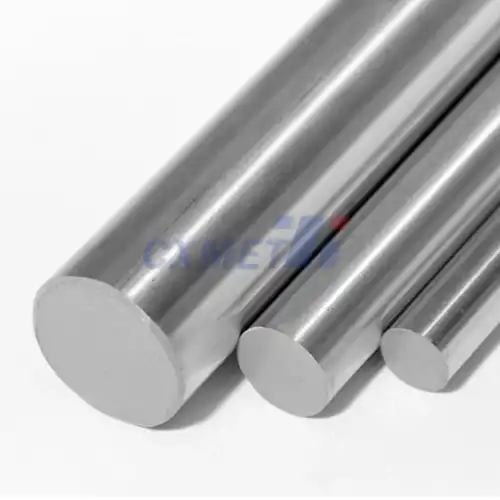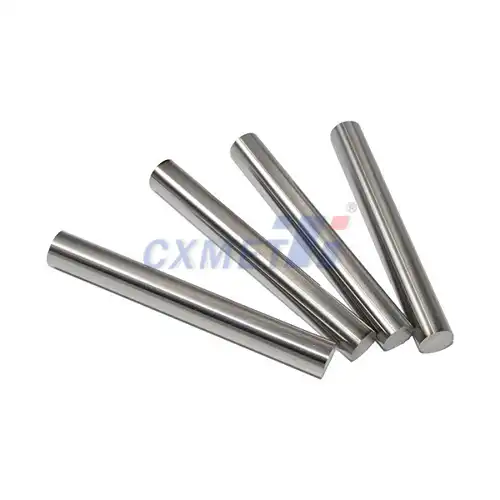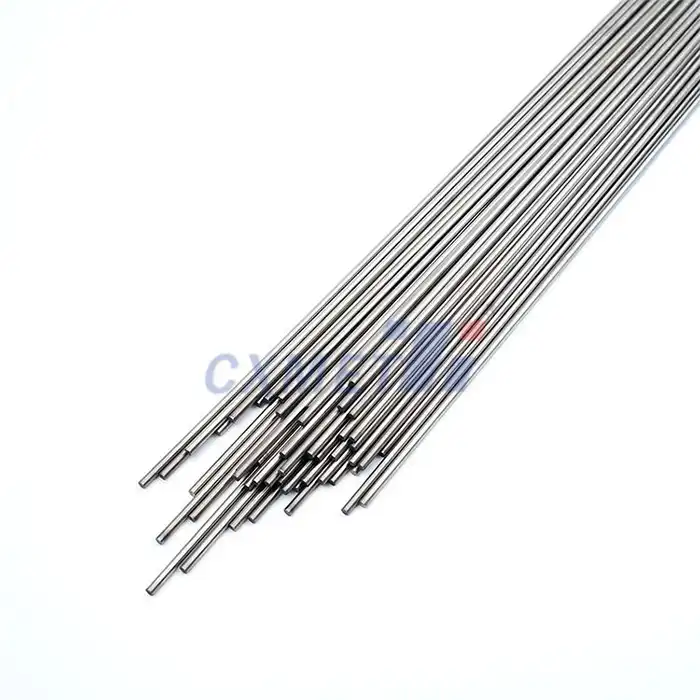- English
- French
- German
- Portuguese
- Spanish
- Russian
- Japanese
- Korean
- Arabic
- Greek
- German
- Turkish
- Italian
- Danish
- Romanian
- Indonesian
- Czech
- Afrikaans
- Swedish
- Polish
- Basque
- Catalan
- Esperanto
- Hindi
- Lao
- Albanian
- Amharic
- Armenian
- Azerbaijani
- Belarusian
- Bengali
- Bosnian
- Bulgarian
- Cebuano
- Chichewa
- Corsican
- Croatian
- Dutch
- Estonian
- Filipino
- Finnish
- Frisian
- Galician
- Georgian
- Gujarati
- Haitian
- Hausa
- Hawaiian
- Hebrew
- Hmong
- Hungarian
- Icelandic
- Igbo
- Javanese
- Kannada
- Kazakh
- Khmer
- Kurdish
- Kyrgyz
- Latin
- Latvian
- Lithuanian
- Luxembou..
- Macedonian
- Malagasy
- Malay
- Malayalam
- Maltese
- Maori
- Marathi
- Mongolian
- Burmese
- Nepali
- Norwegian
- Pashto
- Persian
- Punjabi
- Serbian
- Sesotho
- Sinhala
- Slovak
- Slovenian
- Somali
- Samoan
- Scots Gaelic
- Shona
- Sindhi
- Sundanese
- Swahili
- Tajik
- Tamil
- Telugu
- Thai
- Ukrainian
- Urdu
- Uzbek
- Vietnamese
- Welsh
- Xhosa
- Yiddish
- Yoruba
- Zulu
What Industries Use Gr7 Titanium Rod?
2025-03-17 10:35:49
Grade 7 titanium rod, also known as Gr7 titanium alloy, is a highly sought-after material in various industries due to its exceptional properties. This alloy is composed of titanium with small amounts of palladium, which enhances its corrosion resistance, especially in reducing acid environments. Gr7 titanium rod offers an excellent combination of strength, lightweight characteristics, and superior corrosion resistance, making it an ideal choice for applications in demanding environments. As we explore the industries that utilize this remarkable material, we'll delve into its specific applications and the benefits it brings to each sector.
|
|
|
How does Gr7 Titanium Rod perform in marine environments?
Gr7 titanium rod excels in marine environments due to its outstanding corrosion resistance and durability. The marine industry extensively uses this material for various applications, taking advantage of its unique properties to withstand the harsh conditions of seawater and marine atmospheres.
In shipbuilding and offshore platforms, Gr7 titanium rod is used for components that are exposed to seawater, such as heat exchangers, piping systems, and pump parts. Its resistance to crevice corrosion and stress corrosion cracking makes it an excellent choice for these applications, ensuring long-term reliability and reduced maintenance costs. The material's high strength-to-weight ratio also contributes to fuel efficiency in marine vessels, as lighter components can be designed without compromising structural integrity.
Underwater exploration and research equipment also benefit from the use of Gr7 titanium rod. Submersibles, remotely operated vehicles (ROVs), and oceanographic instruments often incorporate this material in their construction. The alloy's resistance to corrosion in deep-sea environments, where pressure and salinity levels are extreme, ensures the longevity and reliability of these critical devices.
In the field of marine energy, Gr7 titanium rod finds applications in tidal and wave energy systems. These renewable energy technologies operate in highly corrosive environments, and the use of Gr7 titanium ensures the long-term performance and durability of critical components such as turbine blades, fasteners, and structural elements.
Desalination plants also utilize Gr7 titanium rod in their construction. The material's resistance to chloride-induced corrosion makes it ideal for components that come into contact with seawater and brine solutions. Heat exchangers, pumps, and piping systems in desalination facilities often incorporate Gr7 titanium to ensure long-term reliability and efficiency in the water treatment process.
The aquaculture industry has also recognized the benefits of Gr7 titanium rod. Fish farming cages, feeding systems, and other underwater structures benefit from the material's corrosion resistance and biocompatibility. The use of Gr7 titanium in these applications helps prevent contamination of the marine environment and ensures the longevity of equipment exposed to constant seawater immersion.
What are the benefits of using Gr7 Titanium Rod in chemical processing?
The chemical processing industry greatly benefits from the use of Gr7 titanium rod due to its exceptional corrosion resistance and mechanical properties. This material is particularly valuable in handling aggressive chemicals and operating in harsh environments, making it a preferred choice for various applications within the sector.
One of the primary benefits of using Gr7 titanium rod in chemical processing is its superior resistance to a wide range of corrosive media. The addition of palladium to the alloy enhances its ability to withstand reducing acids, chlorides, and other aggressive chemicals. This property makes it ideal for use in reactors, storage tanks, and piping systems that handle corrosive substances. The extended lifespan of equipment made from Gr7 titanium translates to reduced maintenance costs and fewer production interruptions, ultimately improving the overall efficiency of chemical processing operations.
Another significant advantage is the material's high strength-to-weight ratio. This characteristic allows for the design of lighter yet robust components, which can be particularly beneficial in large-scale chemical processing facilities. Lighter equipment can lead to reduced energy consumption in transportation and installation, as well as lower structural support requirements.
Gr7 titanium rod also exhibits excellent heat transfer properties, making it suitable for use in heat exchangers and other thermal management systems within chemical processing plants. Its ability to efficiently conduct heat while resisting corrosion ensures the longevity and reliability of these critical components, even when exposed to high temperatures and aggressive chemicals.
The biocompatibility of Gr7 titanium is another advantage in certain chemical processing applications, particularly in the pharmaceutical and food processing industries. The material's resistance to bacterial growth and its non-toxic nature make it ideal for equipment that comes into contact with products intended for human consumption or medical use.
Furthermore, the use of Gr7 titanium rod in chemical processing contributes to improved safety standards. Its resistance to stress corrosion cracking and other forms of material degradation reduces the risk of equipment failure, which is crucial in environments where hazardous chemicals are handled. This enhanced safety profile helps companies comply with stringent industry regulations and minimize potential environmental and health risks associated with chemical processing operations.
The long-term cost-effectiveness of using Gr7 titanium rod in chemical processing is also noteworthy. While the initial investment may be higher compared to some alternative materials, the extended service life, reduced maintenance requirements, and improved operational efficiency often result in significant cost savings over time. This makes Gr7 titanium an economically viable choice for chemical processing companies looking to optimize their operations and reduce long-term expenses.
|
|
|
How is Gr7 Titanium Rod used in the aerospace industry?
The aerospace industry is at the forefront of technological innovation, constantly seeking materials that can meet the demanding requirements of aircraft and spacecraft design. Gr7 titanium rod has found its place in this sector, offering a unique combination of properties that make it valuable for various aerospace applications.
One of the primary uses of Gr7 titanium rod in the aerospace industry is in the construction of aircraft components that are exposed to corrosive environments. The material's excellent resistance to corrosion, particularly in the presence of saltwater and other aggressive substances, makes it ideal for parts such as landing gear components, hydraulic systems, and fasteners. These components often come into contact with de-icing fluids, hydraulic fluids, and atmospheric moisture, which can be highly corrosive to many metals. The use of Gr7 titanium ensures the longevity and reliability of these critical parts, reducing maintenance requirements and improving overall aircraft safety.
In spacecraft design, Gr7 titanium rod finds applications in propulsion systems and structural components. The material's high strength-to-weight ratio is particularly advantageous in space applications, where every gram of weight matters. Fuel tanks, pressure vessels, and thruster components made from Gr7 titanium can withstand the extreme conditions of space while minimizing the overall weight of the spacecraft. This contributes to improved fuel efficiency and increased payload capacity, both of which are crucial factors in space exploration missions.
The aerospace industry also utilizes Gr7 titanium rod in the manufacture of heat exchangers and cooling systems for aircraft and spacecraft. The material's excellent thermal conductivity, combined with its corrosion resistance, makes it an ideal choice for these applications. Heat exchangers made from Gr7 titanium can efficiently manage the high temperatures generated by engines and other systems while resisting degradation from coolants and other fluids.
Another important application of Gr7 titanium rod in aerospace is in the construction of exhaust systems and engine components. The material's ability to withstand high temperatures and resist corrosion from combustion byproducts makes it suitable for use in these demanding environments. Exhaust nozzles, tailpipes, and other components exposed to hot gases benefit from the durability and performance of Gr7 titanium.
In addition to its use in aircraft and spacecraft, Gr7 titanium rod is also employed in the construction of ground support equipment and testing facilities for the aerospace industry. Fuel storage tanks, test rigs, and simulation chambers often incorporate this material to ensure long-term reliability and resistance to the various fluids and chemicals used in aerospace testing and maintenance operations.
The use of Gr7 titanium rod in the aerospace industry extends beyond traditional aircraft and spacecraft applications. It is also utilized in the emerging field of supersonic and hypersonic flight, where materials must withstand extreme temperatures and stresses. The alloy's high-temperature strength and resistance to oxidation make it a candidate for use in leading edges, control surfaces, and other components that experience severe aerodynamic heating during high-speed flight.
As the aerospace industry continues to push the boundaries of technology and explore new frontiers, the role of advanced materials like Gr7 titanium rod becomes increasingly important. Its unique combination of properties – corrosion resistance, high strength-to-weight ratio, and thermal stability – make it an invaluable asset in the design and construction of next-generation aircraft and spacecraft. The ongoing research and development in titanium alloys promise even greater advancements in aerospace applications, potentially leading to more efficient, durable, and capable flying machines in the future.
Conclusion
In conclusion, Gr7 titanium rod has proven to be an invaluable material across various industries, particularly in marine environments, chemical processing, and aerospace applications. Its exceptional corrosion resistance, high strength-to-weight ratio, and thermal properties make it a preferred choice for demanding applications where reliability and longevity are paramount. As technology advances and industries continue to seek innovative solutions, the use of Gr7 titanium rod is likely to expand further, contributing to improved performance, safety, and efficiency across multiple sectors.
At SHAANXI CXMET TECHNOLOGY CO., LTD, we take pride in our extensive product range, which caters to diverse customer needs. Our company is equipped with outstanding production and processing capabilities, ensuring the high quality and precision of our products. We are committed to innovation and continuously strive to develop new products, keeping us at the forefront of our industry. With leading technological development capabilities, we are able to adapt and evolve in a rapidly changing market. Furthermore, we offer customized solutions to meet the specific requirements of our clients. If you are interested in our products or wish to learn more about the intricate details of our offerings, please do not hesitate to contact us at sales@cxmet.com. Our team is always ready to assist you.
|
|
|
|
References
1. ASTM International. (2021). ASTM B348 - Standard Specification for Titanium and Titanium Alloy Bars and Billets.
2. Lutjering, G., & Williams, J. C. (2007). Titanium. Springer Science & Business Media.
3. Donachie, M. J. (2000). Titanium: A Technical Guide. ASM International.
4. Boyer, R., Welsch, G., & Collings, E. W. (1994). Materials Properties Handbook: Titanium Alloys. ASM International.
5. Schutz, R. W., & Watkins, H. B. (1998). Recent developments in titanium alloy application in the energy industry. Materials Science and Engineering: A, 243(1-2), 305-315.
6. Peters, M., Kumpfert, J., Ward, C. H., & Leyens, C. (2003). Titanium alloys for aerospace applications. Advanced Engineering Materials, 5(6), 419-427.







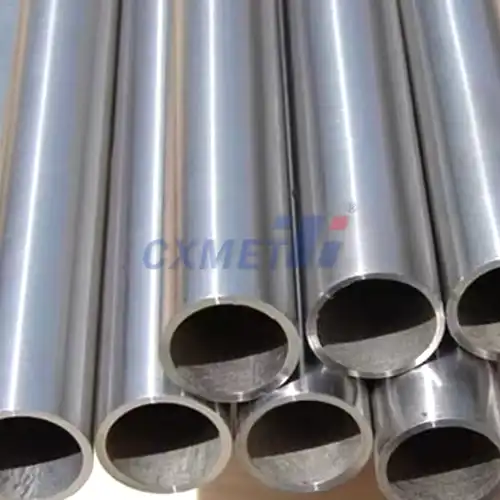
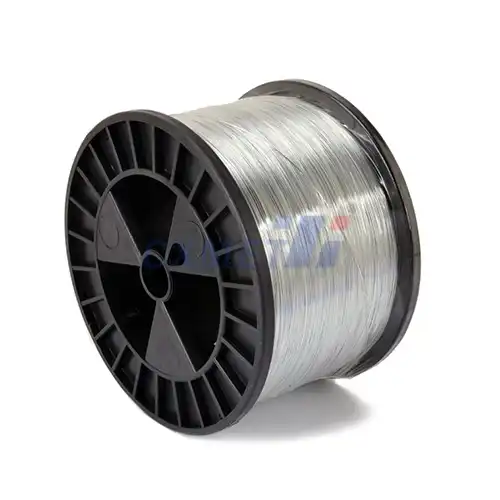
.webp)
